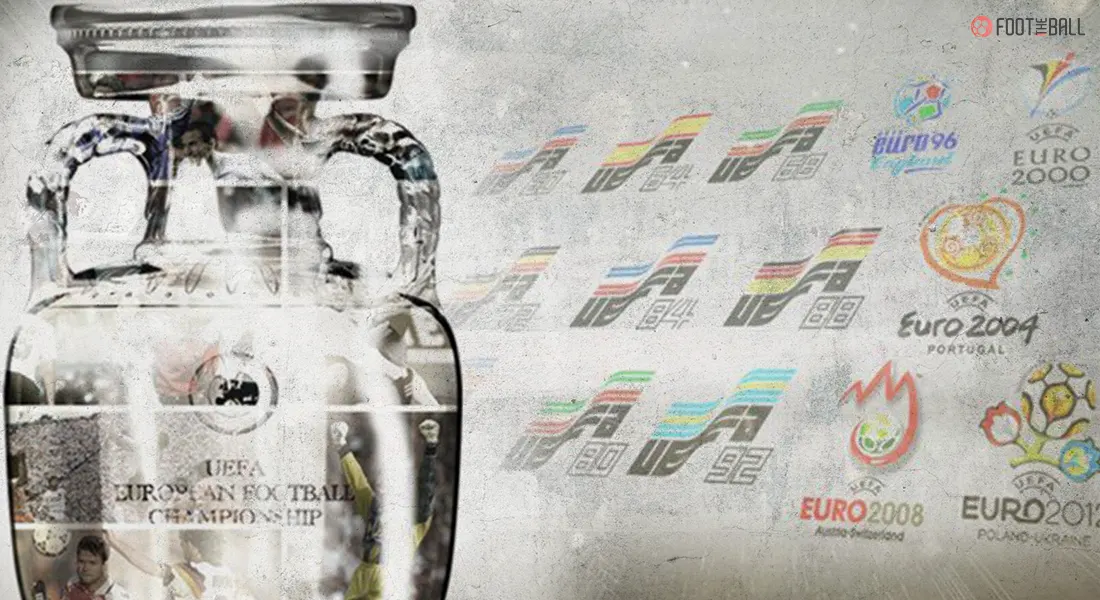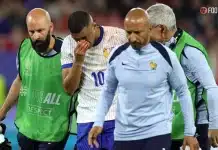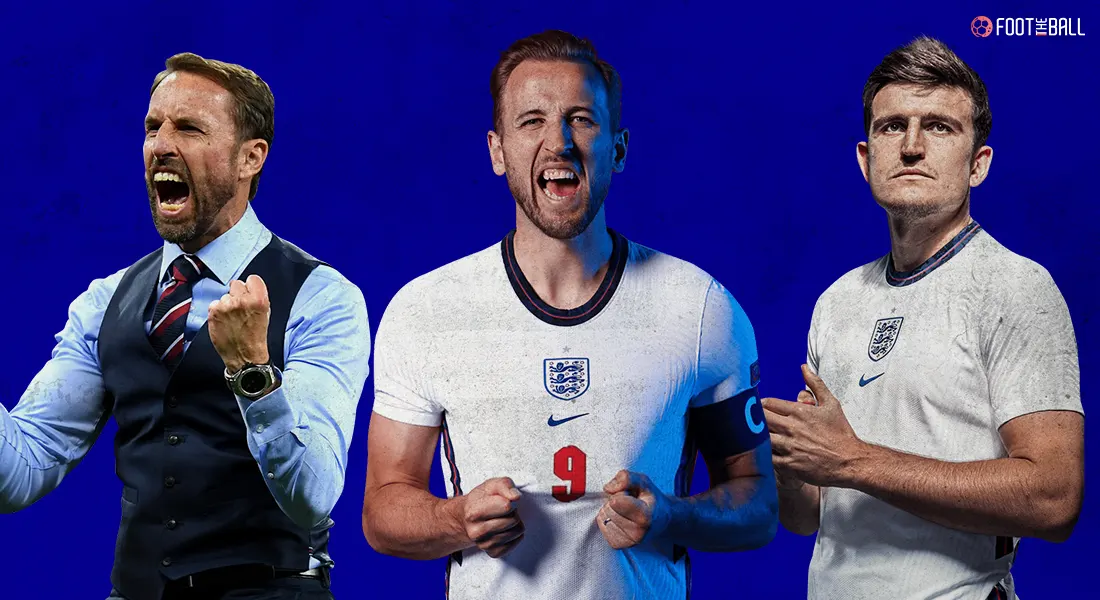The Euro 2020 begins on 11 June 2021 and it is the first edition that is being hosted by more than two countries. The first game will be played between Turkey and Italy at Stadio Olimpico in Rome, Italy and the final is set to be played at the Wembley Stadium in London.
The trophy will be contested by 24 teams divided into six groups. 16 teams will qualify for the next round, including the top two of each group and the four best third-placed teams will make it to the round of 16.
But the format hasn’t been the same throughout the history of the competition. In fact, it is only the second time the Euros are being held with this format.
As the 16th edition of the competition approaches, we bring you the history, the evolution and journey of the Euros from 1960 to 2020.
THE BEGINNING – 1960
The concept of a pan-European football competition between countries was realised in 1960, 33 years after the original idea was proposed. French Football Federation’s secretary-general Henri Delaunay is credited with the conceptualisation of the tournament in 1927 and hence, the trophy of the European Championship was named after him. The tournament was called the European Nations cup back then before being changed in 1996.
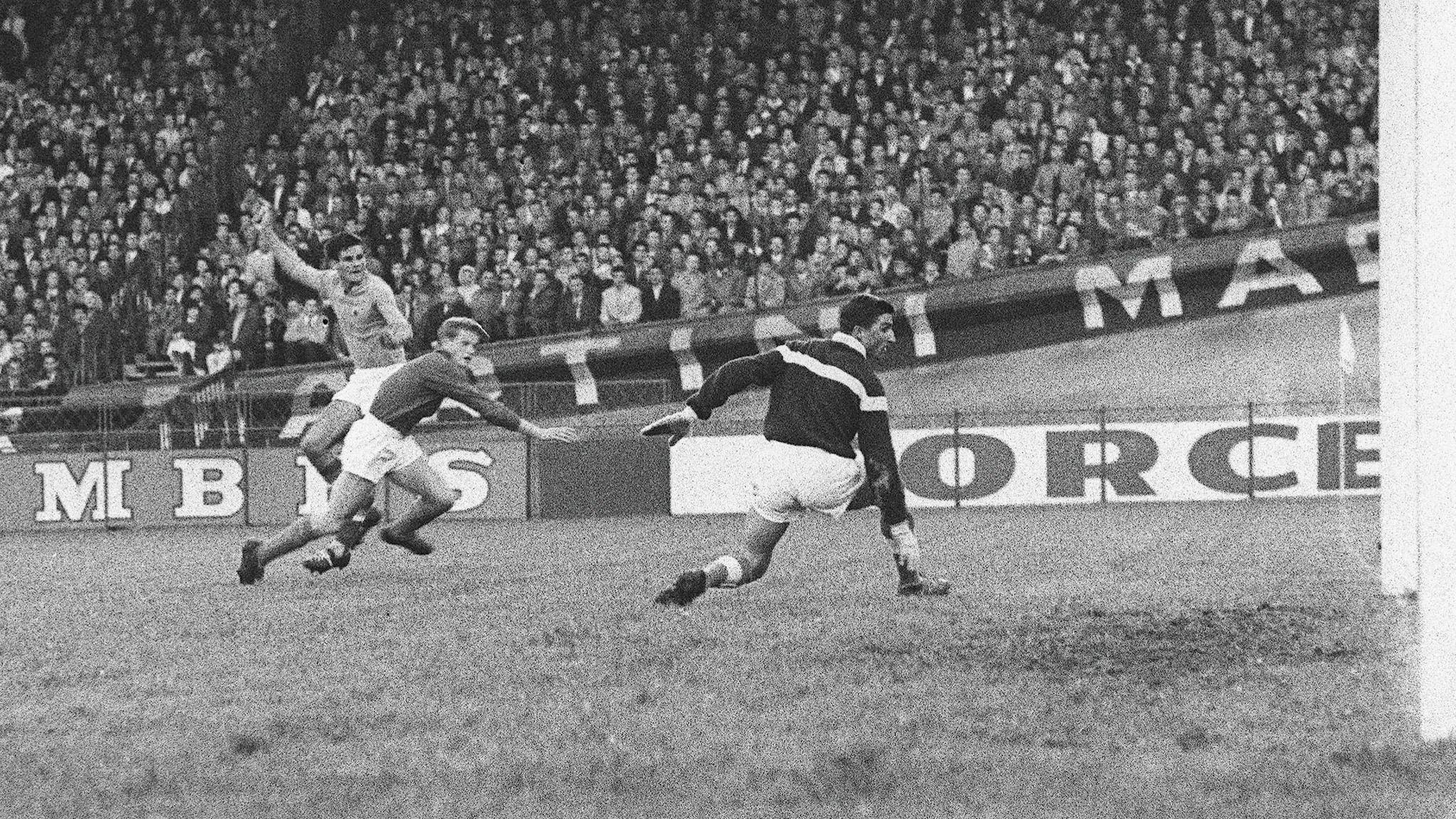
In 1960, the first tournament took place in France, which only featured four finals teams out of the 17 that entered the competition. It was a three-match format that only had the two semi-finals and the final between the winners.
The opening edition of the Euros was won by the Soviet Union, which beat Yugoslavia in the final.
It was decided that the Euros will be held every four years, and the next edition took place in 1964 with the same format. The entries though, increased from 17 to 29 this time and Spain were selected as the hosts. This format continued till 1980.
THE FIRST EXPANSION – 1980
In 1980, the tournament was expanded to eight teams. This edition was the first to have group stage matches, where the winner of each group would go on to play the final while the runner ups of each group play the third-place play-off match.
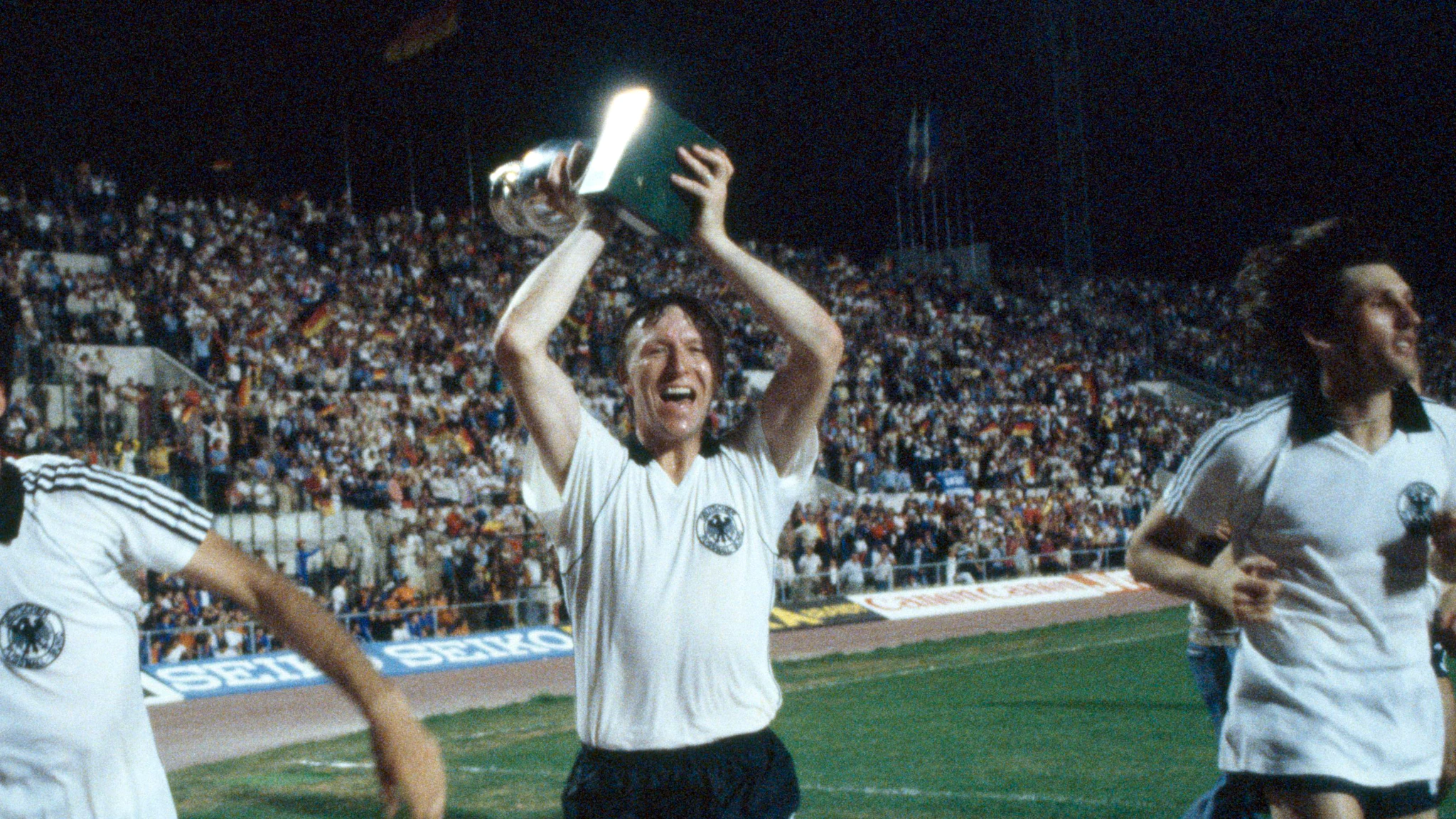
The 1980 Euros were hosted by Italy and won by West Germany against Belgium. Czechoslovakia finished third in the tournament beating the hosts Italy in the third-place playoff.
FORMAT CHANGED IN 1984
France hosted the Euros for the first time since 1960 when the competition first took place. They won their first major international trophy in 1984 powered by Michel Platini.
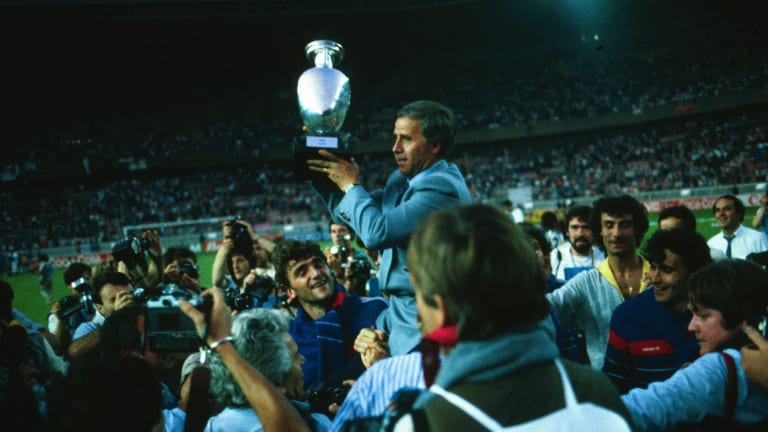
In this edition, the format of the group stage changed from group leaders getting to the final to the top-two teams of each group playing semi-finals and consequent winners play the final. The third-place playoff was abolished too, from this edition.
It became a huge success and attracted a lot of audiences contrary to the organisers’ original belief.
THE SECOND EXPANSION – 1996
The format was once again revised in the year 1996 when England hosted the Euros. The teams that played in the finals were also increased from eight to 16 and introduced the quarter-final system in the Euros for the first time.
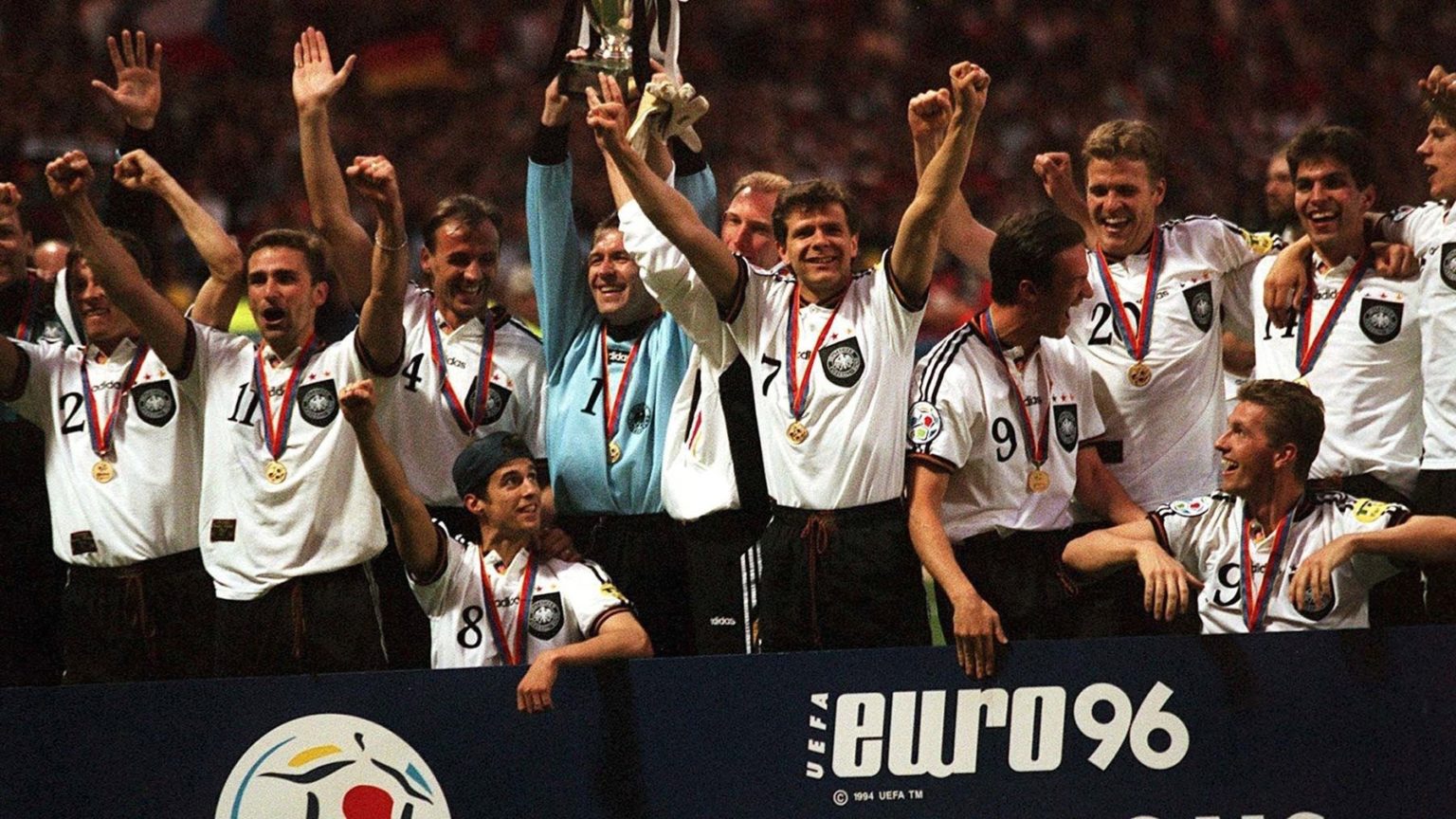
Four groups with four teams each, with two teams from each group qualifying for the next round – quarter-finals. The single-legged ties then send the winners to the semi-finals and subsequently the final. Germany won the first competition in this format, defeating Croatia and England in the knock-out stages before finally beating the Czech Republic in the final with the first-ever Golden Goal in a major tournament.
MULTIPLE HOSTS FOR THE FIRST TIME – 2000
In the year 2000, the Netherlands and Belgium hosted the Euros together, becoming the first joint-hosts in the competition’s history. France won this edition, becoming the first team to become the World and European champions while winning the World cup in 1998.
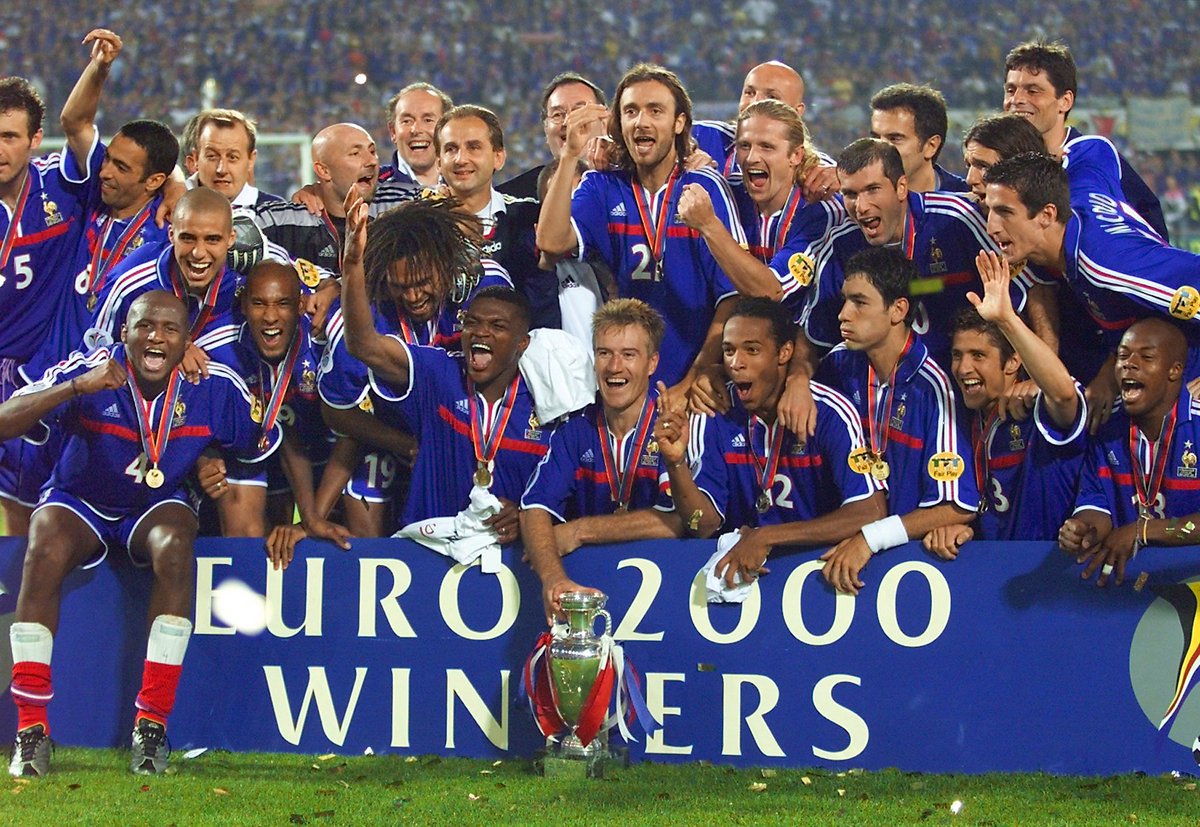
The co-host system was again seen in 2008 when Austria and Switzerland became the second co-hosts of the Euros. In 2012 again, Poland and Ukraine co-hosted the tournament and became the third time the competition was hosted in two different countries.
THE TROPHY REDESIGNED – 2008
The original Henri Delaunay Trophy or the Euro winners’ trophy was originally created by Henri Delaunay’s son in 1960. The same trophy was carried till the 2008 edition when UEFA finally decided to remodel and resize it.
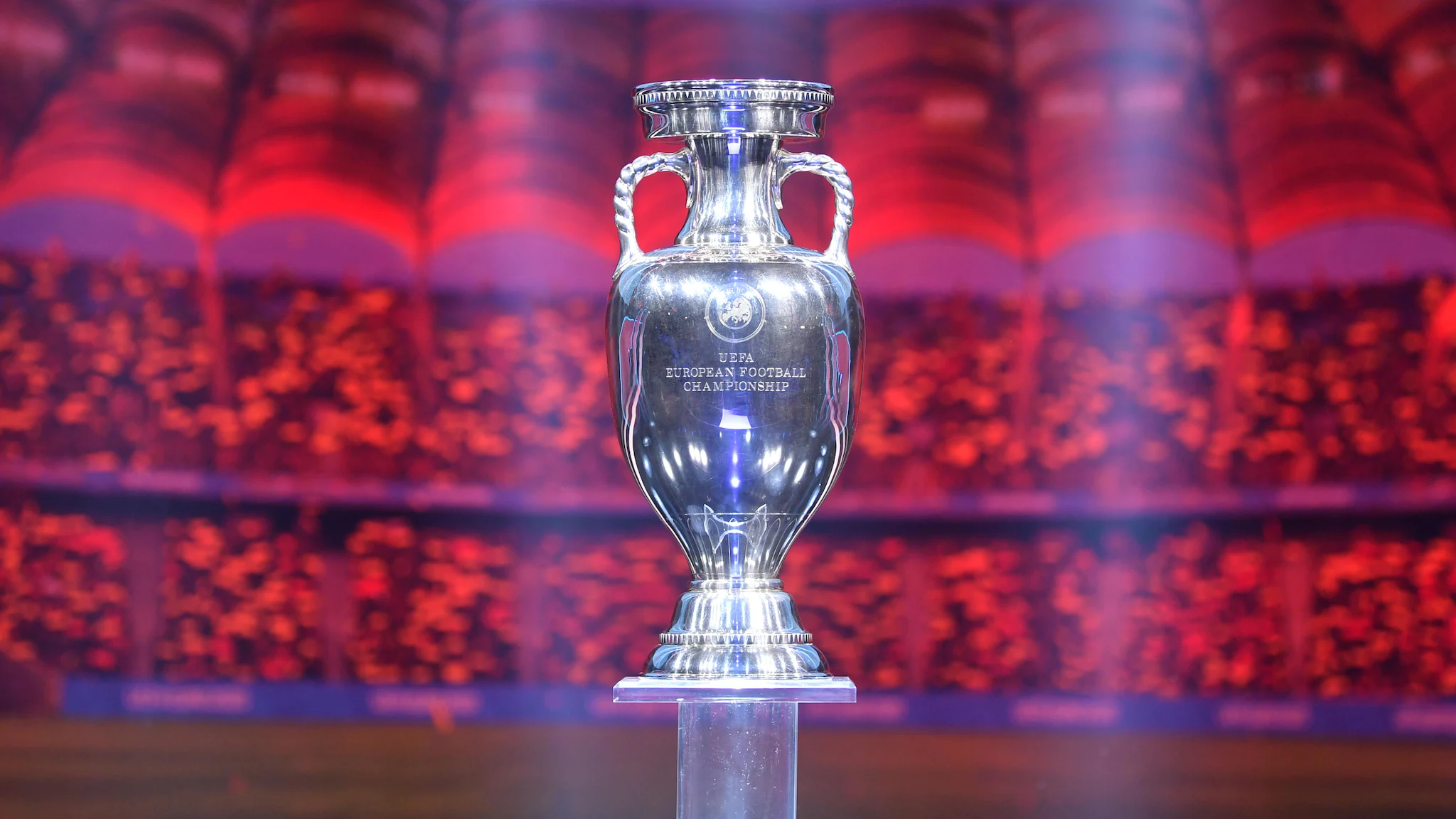
The trophy was enlarged to be put at par with other UEFA trophies such as the Champions League. The new trophy is made of sterling silver and weighs approximately eight kilograms and is 60 centimetres tall, about 25% larger than the original trophy.
EXPANSION TO 24 TEAMS – 2016
The proposal to expand the Euros from 16 to 24 teams from 2016 was passed in 2008 itself. 51 out of the 54 member football associations of UEFA supported the expansion motion and the decision was made.
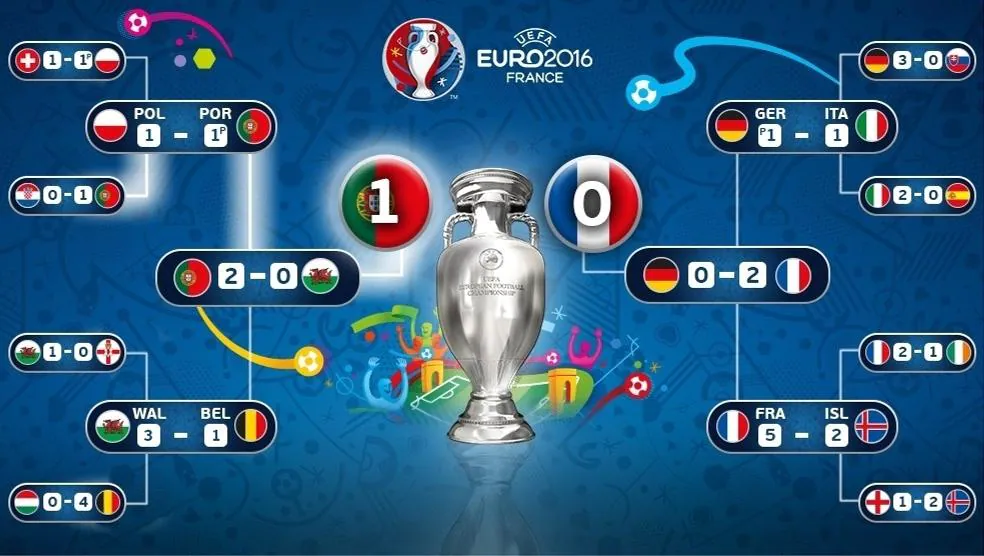
In the 24-team system, the teams are divided into six groups based on draws. The top two teams from each group make it to the round-of 16 stages while the other four places are filled by the best performing third-placed teams in the group stages.
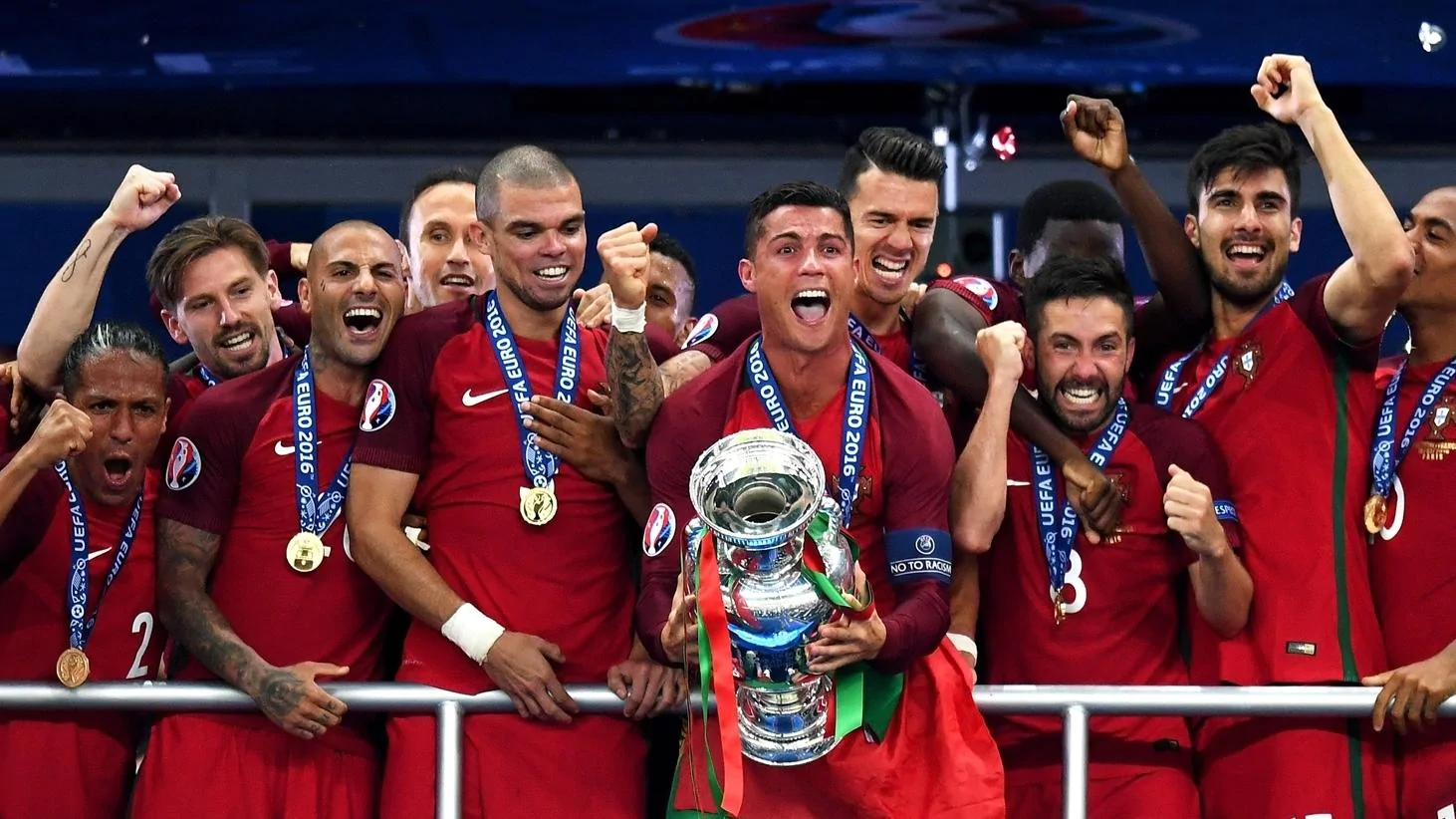
France hosted the Euro 2016 that first implemented the system and Portugal won the tournament against the hosts in the final in extra time.
ELEVEN HOST NATIONS – 2020
UEFA in 2012 announced that the Euro 2020 will be hosted by several countries across Europe.
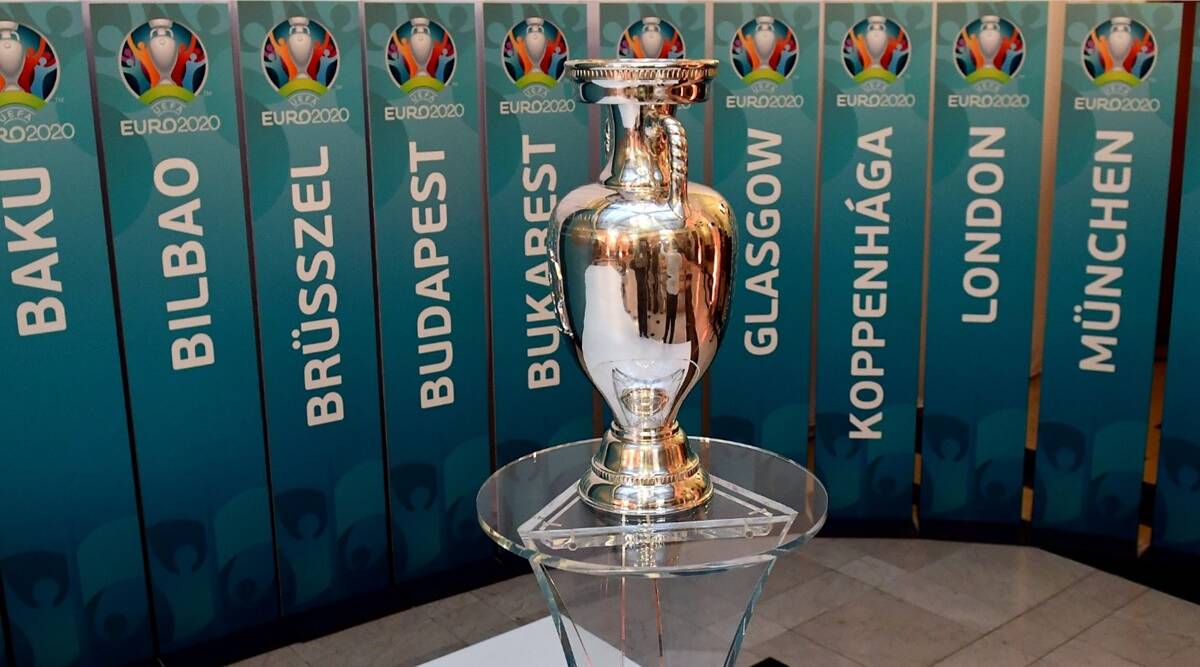
After all considerations, it was finally decided that there will be a total of 11 host countries for the Euro 2020, namely – The Netherlands; Azerbaijan; Romania; Hungary; Denmark; Scotland; England; Germany; Italy; Russia; and Spain with one city from each country hosting the matches.
London is set to host the semi-finals and final of the tournament.

